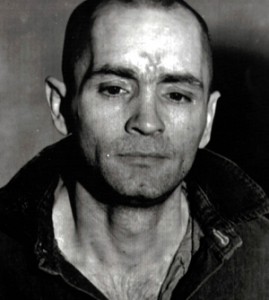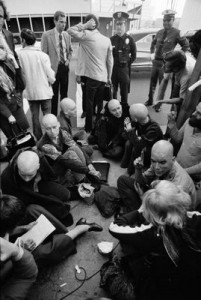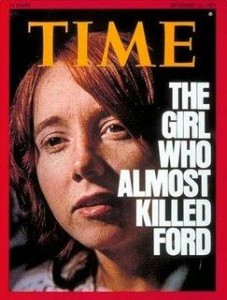42 years ago this week, the Age of Aquarius came to a sudden and violent end when seemingly senseless murder reverberated through the hills and canyons of Los Angeles.
Before August 9, 1969, one’s home was still seen as a safe haven, where the family unit could relax and even block out the horrors of Vietnam, Hiroshima, and other examples of man’s inhumanity to man.
After that date, people began locking their doors. Gun sales increased at an alarming rate. Drivers stopped picking up hitchhikers, scared they were going to put themselves at the mercy of a “kill crazy cultist.”
Many refer to August 9, 1969, as the day the last of America’s innocence died. That was the day the bodies of actress Sharon Tate, celebrity hair stylist Jay Sebring, coffee heiress Abigail Folger, jetset playboy Wojciech Frykowski, and teenager Steven Parent were found dead at the Los Angeles home Tate shared with her husband, movie producer Roman Polanski.
Fear erupted into panic when the bodies of nearby couple Leno and Rosemary LaBianca were found two days later.

In both cases, the bodies were bludgeoned and mutilated, with bloody words scrawled on the walls (and a refrigerator).
When the murderers were arrested, their fame actually upstaged the victims. Seemingly just one of hundreds of communes scattered around California, The Family, led by ex-convict Charles Manson, waxed a very different philosophy than peace-loving hippies, one based on ambition, greed, and ultimately murder.
In the decades since, various former members of The Family have ensured this dark period in the country’s consciousness remains vivid. Lynette “Squeaky” Fromme pulled a gun on President Ford in 1975. Leslie Van Houten was briefly freed from prison in 1977 until a new trial resulted in another conviction. Tex Watson, Bruce Davis, Dennis Rice, and Susan Atkins all converted to Christianity (amid much controversy) from behind prison walls during the 1970s. Susan Atkins, after being denied a compassionate release from prison, died of cancer in 2009.

In addition, the victims’ families have been plagued with celebrity and tragedy, as well. Tate’s mother, after devoting her life to victim rights and tougher laws on prisoners, died of a brain tumor in 1992. Her daughter, Patti, continued her mother’s work until dying of cancer herself in 2000. Meanwhile, Polanski was arrested in 1977 on charges of sexual abuse with a minor, and fled the country to avoid prison time. He has yet to return to the United States.
And through it all, Manson himself has played a large part in creating a mythical persona of himself, the world’s ultimate “bogeyman,” from a sociopathic convict who was raised in the most dysfunctional climate possible.
Most who know me know I am in the process of writing a book about The Family, focusing on the struggle many former members of the cult have faced in the years since in regaining control of their lives, their minds, and their souls. A challenging feat to be sure, as any cult survivor (as I am) understands, made more difficult by the often venomous and unwavering hatred by society as a whole over the horrible crimes committed by members of the group.
The case continues to fascinate the public, long after other murders and celebrity scandals have faded into pop culture oblivion. The Manson case had it all-celebrity, death, drugs, sexual perversion, and the opportunity for the media to splash the “hippie movement gone bad” across newspapers and television screens day after day.
Today, former Family members, both in and out of prison, are approaching their golden years while still attempting to find just where they fit into a world that does not want them, while family members of the murder victims continue to try and pick up the pieces of their shattered lives.

